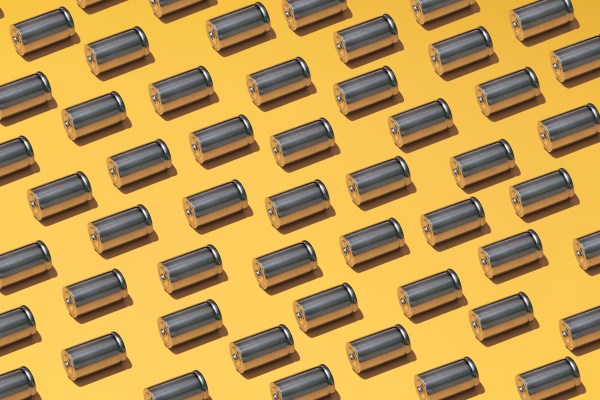There’s been a lot of talk about how the energy transition could cost jobs in key sectors of the economy like oil and gas. But what often goes unmentioned are the number of jobs that could be gained in the process.
Take one Canadian startup as an example. GeologicAI started life under a different name, serving oil and gas clients. Those clients would drill core samples from deep underground and send them to its facility in Calgary, where it would use sophisticated equipment to scan samples and offer its assessment on whether the client was homing in on a significant reservoir.
“It’s very easy if you’re a high-end professional who’s good at data to make a consulting business and do research for big oil companies,” GeologicAI’s co-founder and CEO Grant Sanden told TechCrunch+. “That’s what we did.”
But as many people in the startup world know, consulting businesses don’t scale well. They can make good money, but they don’t have the sort of potential that a truly scalable business does.
“Then we got involved in Creative Destruction Labs, which is an interesting accelerator that came out of Toronto,” Sanden said. The company began to explore other ways to apply the technology, including scaling its sensor suite and machine learning algorithms to process a large quantity of core samples.
Oil and gas companies, though, scan relatively small amounts of rock, and they were willing to pay handsomely to have it evaluated in great detail. That’s fine for a consultancy, but not for a startup looking to scale. Very large mines, on the other hand, drill 400 kilometers of core every year. That’s just for one mine. “The world has 75 million meters of rock that we need to go scan,” Sanden said.
Problem was, miners weren’t interested in paying the same rates that oil and gas companies were. “So we reevaluated what cost works and we lowered the cost so it was a no-brainer,” he said.
For the first year, GeologicAI had miners ship core samples to its Calgary headquarters for analysis. But it soon became clear that process wouldn’t scale, so the team stuffed the sensors and servers into trailers that could be deployed anywhere.
The company now has two tech packages, the trailer and a lighter version that can be airlifted to remote mining sites via helicopter. GeologicAI’s core scanning service uses five different sensors, while the upgraded service has seven. The sensors include X-rays, spectroscopes, lasers and cameras.
Because bandwidth can be constrained at mines in remote locations, the trailers contain a rack of seven servers with 10 compute cores each and 192 TB of total storage. All of the processing of the cores happens in the field, and the data obtained from the scans remains the property of the miner who drilled the cores. GeologicAI can use refinements derived from that data, though, to update its core machine learning models.
In the field, Sanden said, “the computer is making predictions, and the human is improving or being thoughtful about those predictions,” adding that the company is aiming to have results within 24 to 48 hours of the scan.
Between the field-deployable “robots,” as the company calls its boxes, and an AI-powered workflow, GeologicAI’s business model is looking far more scalable than its old consultancy-based approach.
That shift encouraged GeologicAI to start looking for investors, and ultimately led it to Breakthrough Energy Ventures, which is investing $20 million as part of a Series A round, TechCrunch+ has exclusively learned.
The ability to quickly return results on large quantities of cores should speed up the process of exploring deposits of critical minerals. That should please automakers and battery manufacturers.
Battery manufacturing is surging in the U.S. thanks to the Inflation Reduction Act. But the law also exposed just how dependent the U.S. has become on imported minerals, particularly those from China. Manufacturers have been under immense pressure to find domestic or U.S.-aligned sources of minerals like lithium, manganese, nickel and cobalt that will allow them to qualify for the full tax credit.
Exploration is only one part of the puzzle, but it’s an important piece. Speeding that process could help spur investments farther down the supply chain, ultimately helping to build a more robust battery industry that’s not as reliant on one country.
